Alloy 5083 Flat Aluminum Sheet for Manufacturing Boat
- Loading Port:
- Shanghai
- Payment Terms:
- TT OR LC
- Min Order Qty:
- 2.5
- Supply Capability:
- 5000 m.t./month
OKorder Service Pledge
OKorder Financial Service
You Might Also Like
Item specifice
Alloy 5083 Flat Aluminum Sheet for Manufacturing Boat
l Product Introduction
Aluminium has a lot of salient properties that the other metals do not have. It is very strong, yet it is not very heavy. Like other metals, it conducts electricity and heat to a moderate degree. Most industries require aluminium sheets for various purposes. Aluminium can be easily beaten into sheets because of its high malleability. It has the preoperty of light weight, medium strength, easy-forming and anti-corrosion.
l Product Description
| Alloy 5083 Flat Aluminum Sheet for Manufacturing Boat | |||||
| Packing: wooden pallets that are suitable for long distance exporting | |||||
| Standards: ASTM-B209. EN573-1, GB/T3880.1-2006 | |||||
| Quality of material: totally free from defects like white rust, oil patches, roll marks, edge damage, camber, dents, holes, break lines, scratches and free from coil set | |||||
| Application: Mainly used insigns, billboards, building exterior decoration, bus body, high-rise buildings and factories wall decoration, kitchen sink, lamp, fan leaves, with pieces of electronic, chemical equipment, sheet metal processing parts, deep drawing or spinning hollowware, welding parts, heat exchangers, bell surface and disk, plate, kitchenware, decorations, reflective devices, ect | |||||
| MOQ | 2.5 tons | ||||
| Payment term: | T/T,L/C | ||||
| Delivery Time | depend on the order q'ty | ||||
| Kind attention : Specifications can be customized as the customer’s requirements. | |||||
l Packaging & Delivery
Packaging detail: pallets, waterproof paper and plastic coverage or as customer's requirements
Delivery detail: within 30 days after we get your 30% deposit or L/C
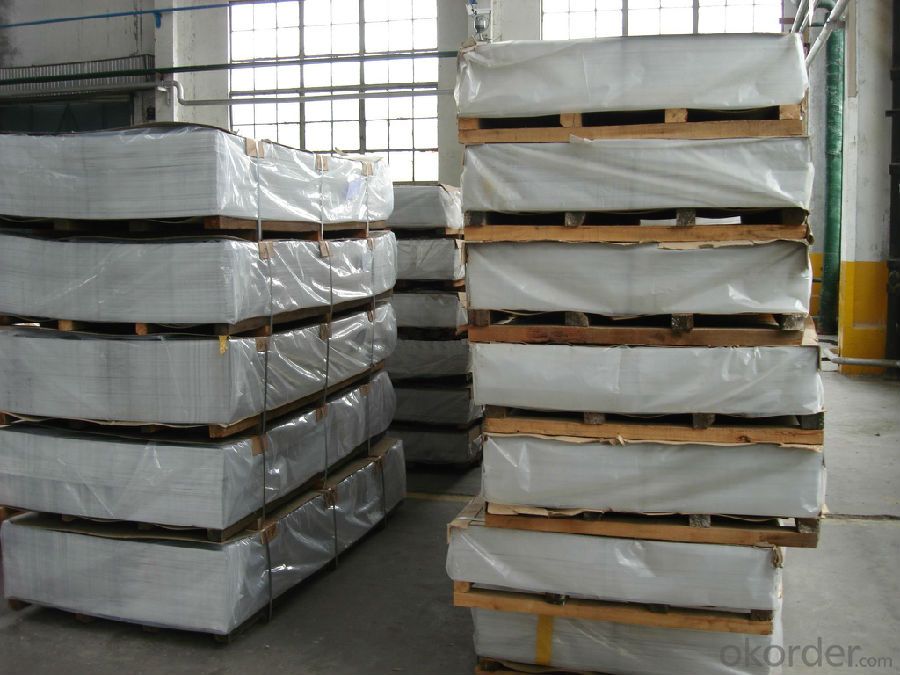
l Company Profile
CNBM International Corporation, China National Building Materials (Group) Corporation, is one of the largest companies in China building material & equipment industry, with 42,800 employees and sales in 2005 of US Dollar 4.395 billion. In 2006, China National Building Material Company Limited was listed on Hong Kong Stock Market with the stock code as 3323. |
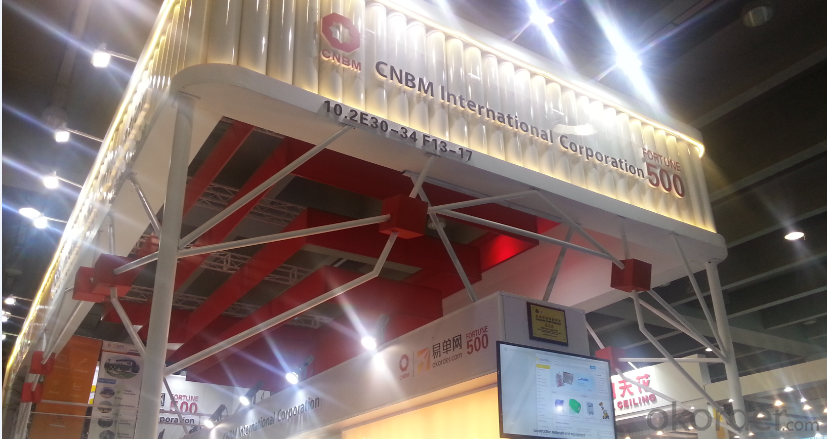
l Product Images
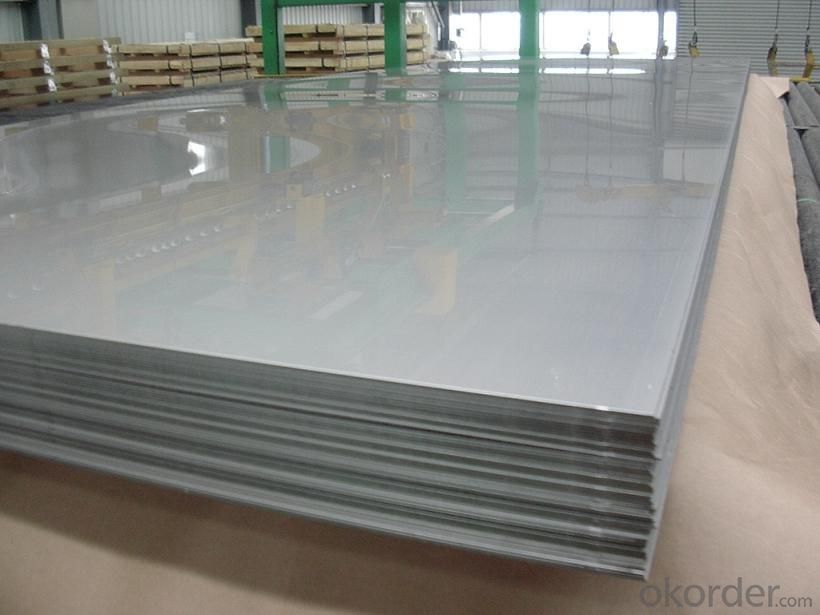


l Certificates
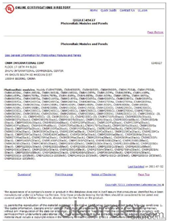

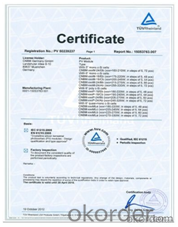
l FAQ
Q: Do you provide free samples?
A: Yes, free samples will be sent to you on freight at destination.
Q: Can I get your latest products catalogue?
A: Yes, it will be sent to you in no time.
Q: What is the MOQ?
A: 2.5 tons
Q: What are your payment terms?
A: We accept L/C, T/T
- Q:I got nauseous the other day and that day one thing I ate was hamburger baked for 1 hour on aluminum foil with tomatoes mixed in. Is it possible the upset stomach was caused by the tomatoes reacting with the foil?
- Aluminium foil is manufactured to be of 'food grade' (i.e. safe to be used around food). It heats and insulates. It would never react with the food contained on/in it. Unless you're boiling your tomatoes in Sulphuric Acid of course! :-P
- Q:What are the different fabrication methods used for aluminum sheets?
- Aluminum sheets undergo various fabrication methods, each presenting its own advantages and applications. Rolling, extrusion, casting, and stamping are among the most commonly employed techniques. Rolling, the most prevalent method, entails passing the aluminum through a series of rollers to reduce thickness and form a flat sheet. This approach allows for precise control over sheet thickness and shape, rendering it suitable for an array of applications, from packaging to building materials. Another well-received method is extrusion, where heated aluminum is pushed through a die to create a specific shape or profile. This technique is commonly employed to manufacture intricate shapes like tubes, rods, and channels. Extruded aluminum sheets exhibit high strength and durability, making them appropriate for structural applications in construction and automotive industries. Casting involves pouring molten aluminum into a mold, allowing it to solidify. This method is frequently used for producing intricate shapes that are challenging to achieve through other means. Cast aluminum sheets can boast unique textures and designs, making them popular for decorative purposes. Stamping utilizes a press to shape the aluminum sheet by exerting pressure and forming it into the desired shape. This technique is commonly utilized for creating precise, small parts such as brackets, connectors, and electrical components. Stamped aluminum sheets offer exceptional dimensional accuracy and can be produced in large quantities at a relatively low cost. Additionally, other fabrication techniques such as welding, bending, and laser cutting can be employed to further process aluminum sheets and craft custom shapes and designs. In conclusion, the choice of fabrication method for aluminum sheets relies on the desired application, required properties, and complexity of the desired shape. Each method possesses unique advantages and capabilities, enabling a broad range of possibilities in aluminum sheet fabrication.
- Q:Its been bugging me for years and i want to know why they say aluminum and not aluminium like it is spelt in the Oxford English dictionary and more importantly the universal periodic table, accepted by all countries, does anyone know why? I would like all opinions on this matter, if possible, thank you
- Aluminum okorder /... It’s clear that the shift in the USA from –ium to –um took place progressively over a period starting in about 1895, when the metal began to be widely available ... The American Chemical Society only adopted it in 1925, though this was clearly in response to the popular shift that had already taken place.
- Q:What is the shear strength of 101 aluminum sheets?
- The shear strength of 101 aluminum sheets depends on various factors such as thickness, temper, and manufacturing process. Without specific information, it is challenging to provide an accurate answer.
- Q:Aluminum standard 30*25*2500 to 1000 1 how to calculate the number of materials needed?. 2 how to calculate the cutting loss?
- How many density units should be used in international units per kilogram of cubic meters, so that the unit of mass is kilogram? Weight = quality *9.81. The unit of cattle per kilogram is 5.4 kg of pure aluminum, and the weight is about 53 cows
- Q:Are 101 aluminum sheets suitable for conductive heat transfer applications?
- No, 101 aluminum sheets are not suitable for conductive heat transfer applications. 101 aluminum is a commercially pure aluminum alloy that has low electrical conductivity. It is not able to efficiently conduct heat, making it unsuitable for applications where heat transfer is desired. For conductive heat transfer applications, it is better to use alloys that have higher thermal conductivity, such as 6061 or 7075 aluminum. These alloys have better heat transfer properties and are commonly used in heat sinks, heat exchangers, and other applications where efficient heat transfer is required.
- Q:What are the different machining options for aluminum sheets?
- Depending on the specific requirements of the project and the desired outcome, there are several machining options available for aluminum sheets. Some commonly used methods for machining aluminum sheets include: 1. Cutting: Aluminum sheets can be cut using various techniques such as shearing, sawing, or laser cutting. Shearing involves applying high force with a shearing machine to achieve a clean and straight cut. Sawing utilizes a saw blade to cut through the aluminum sheet, while laser cutting uses a high-powered laser beam to melt or vaporize the aluminum for precise and accurate cuts. 2. Drilling: Drilling is a frequently employed machining option to create holes in aluminum sheets. This process involves using a drill bit to remove material from the sheet and create holes with the desired diameter. Different drill bits can be utilized to achieve specific hole sizes and shapes. 3. Milling: Milling is a versatile machining option that can be used to create intricate shapes and contours in aluminum sheets. This process involves using a rotating cutting tool to remove material from the sheet, resulting in precise and accurate finishes. Depending on the project's complexity, milling can be performed using various types of milling machines, such as vertical milling machines or CNC milling machines. 4. Turning: Turning is another machining option commonly employed for aluminum sheets, particularly when shaping cylindrical or conical forms. This process involves rotating the aluminum sheet against a cutting tool, which removes material and shapes the sheet according to the desired dimensions. Turning can be carried out manually on lathes or using CNC turning machines for higher precision. 5. Bending: Bending is a frequently used machining option to create curved or angled shapes in aluminum sheets. This process involves applying force to the sheet, causing it to deform and take on the desired shape. Bending can be done manually using tools like a brake press or using hydraulic or CNC press brakes for more accurate and consistent results. These are just a few of the machining options available for aluminum sheets. The choice of method will depend on factors such as the desired outcome, project complexity, and available resources. It is crucial to select the most suitable machining option to efficiently and effectively achieve the desired results.
- Q:who knows the ceiling technology of aluminum sheet?
- Different materials usually have difference in construction technology. The detailed ceiling construction technology process of aluminum buckle plate:1, snapping line: according to the elevation horizontal line of floor, designed elevation, surrounding ceiling elevation horizontal line, you can find the central point of your room. Then alone the ceiling’s elevation horizontal line, take the central point of your room as focus, you can draw the grading line of keel. 2, install main keel boom: after ensuring the ceiling’s elevation horizontal line and keel’s location line, you can measure the elevation of the below ending of boom, and install the boom processed before. You can use expansion bolt to fix the boom on ceiling. Choose round steel as boom, control the gap of hanging bar under the range of 1200mm.3, install main keel: choose C38 light steel keel as main keel, control the gap under 1200mm. connect it with fitting and boom matched with main keel while installing. 4, install side keel: fix 25×25mm coated keel on the surrounding wall with cement nail according to net height of ceiling, control the cement nail’s gap under 300mm. 5, install sub keel: install the sub keel matched with aluminum buckle plate according to the size of aluminum buckle plate, hang the sub keel on main keel through hanger. When the sub keel needs to be prolonged by several keel, use the adapting piece of sub keel, connect the two ends and fix them after straightening at the same time of hanging the sub keel.
- Q:Can aluminum sheets be anodized with custom colors?
- Custom colors can indeed be applied to aluminum sheets through the process of anodizing. Anodizing involves the application of an electrochemical procedure that adds a protective oxide layer to the aluminum's surface, thereby enhancing its durability and resistance to corrosion. In this process, the aluminum sheet is submerged in an electrolytic solution while an electrical current is passed through it. This induces a controlled oxidation of the aluminum's surface, leading to the formation of a porous layer that can be colored with dyes to achieve desired shades and hues. By carefully selecting the appropriate dye, a wide array of custom color options can be achieved. Moreover, anodized aluminum sheets offer versatility as they can undergo additional treatments like laser engraving or printing to create distinctive designs and patterns. Therefore, they are highly suitable for a diverse range of applications in industries such as architecture, automotive, and electronics.
- Q:Are aluminum sheets suitable for automotive applications?
- Yes, aluminum sheets are suitable for automotive applications. Aluminum is a lightweight material that offers several advantages for automotive use. Firstly, aluminum is highly corrosion resistant, making it ideal for exterior parts that are exposed to harsh environments. Additionally, aluminum offers great strength-to-weight ratio, meaning it provides high strength while keeping the overall weight of the vehicle low. This leads to improved fuel efficiency and better performance. Aluminum sheets are also easily formable, allowing manufacturers to create complex shapes and designs for various automotive components. Furthermore, aluminum is recyclable, making it an environmentally friendly choice. Overall, the use of aluminum sheets in automotive applications offers numerous benefits, including weight reduction, improved fuel efficiency, corrosion resistance, and design flexibility.
1. Manufacturer Overview |
|
|---|---|
| Location | |
| Year Established | |
| Annual Output Value | |
| Main Markets | |
| Company Certifications | |
2. Manufacturer Certificates |
|
|---|---|
| a) Certification Name | |
| Range | |
| Reference | |
| Validity Period | |
3. Manufacturer Capability |
|
|---|---|
| a)Trade Capacity | |
| Nearest Port | |
| Export Percentage | |
| No.of Employees in Trade Department | |
| Language Spoken: | |
| b)Factory Information | |
| Factory Size: | |
| No. of Production Lines | |
| Contract Manufacturing | |
| Product Price Range | |
Send your message to us
Alloy 5083 Flat Aluminum Sheet for Manufacturing Boat
- Loading Port:
- Shanghai
- Payment Terms:
- TT OR LC
- Min Order Qty:
- 2.5
- Supply Capability:
- 5000 m.t./month
OKorder Service Pledge
OKorder Financial Service
Similar products
New products
Hot products
Hot Searches
Related keywords





























